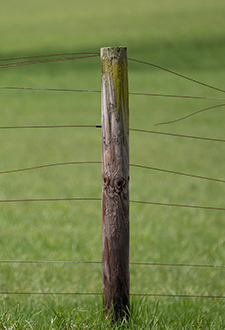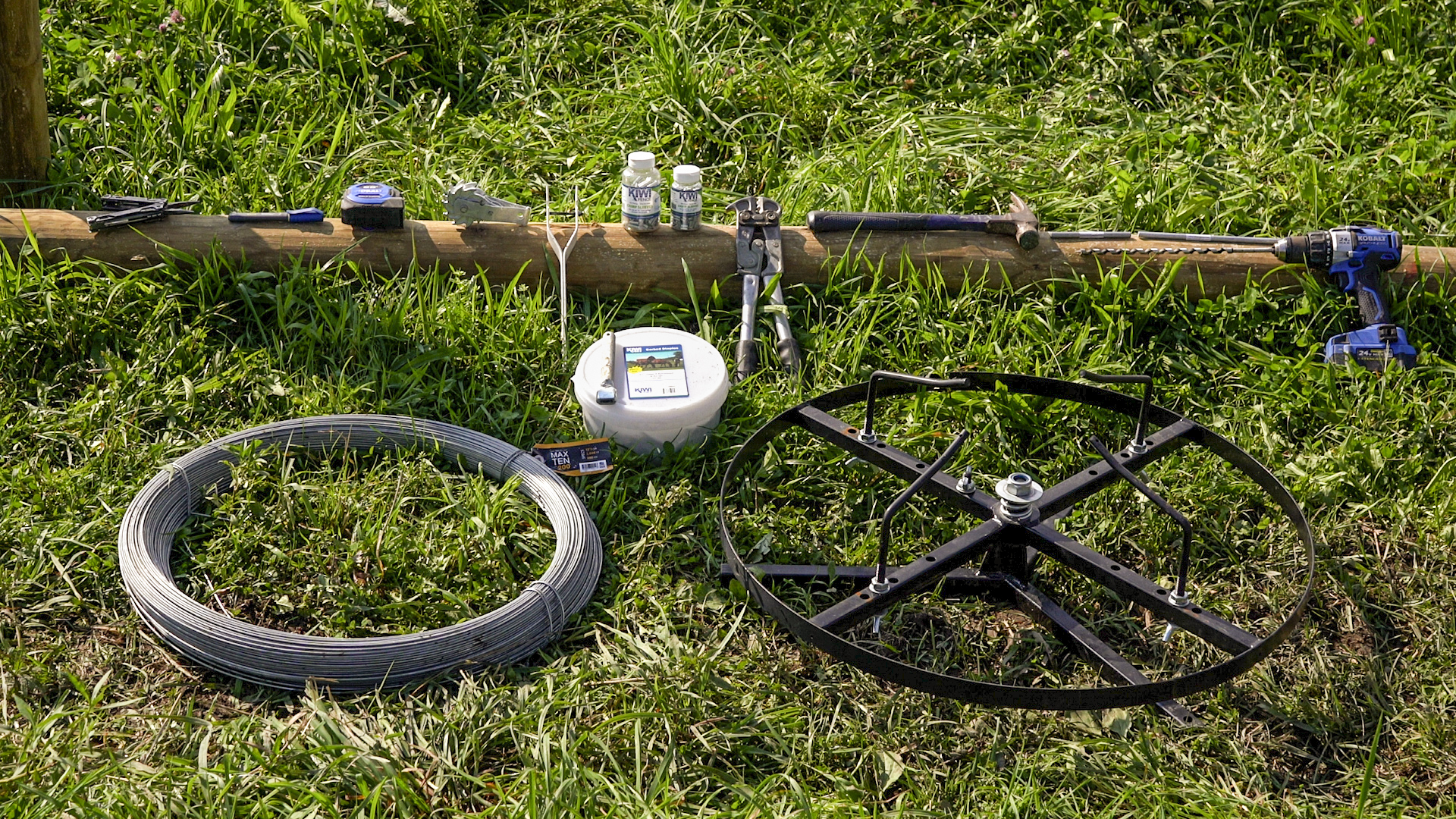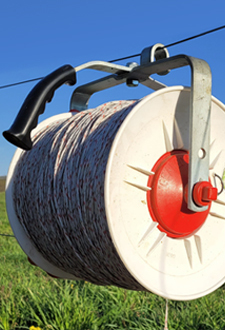BLOG
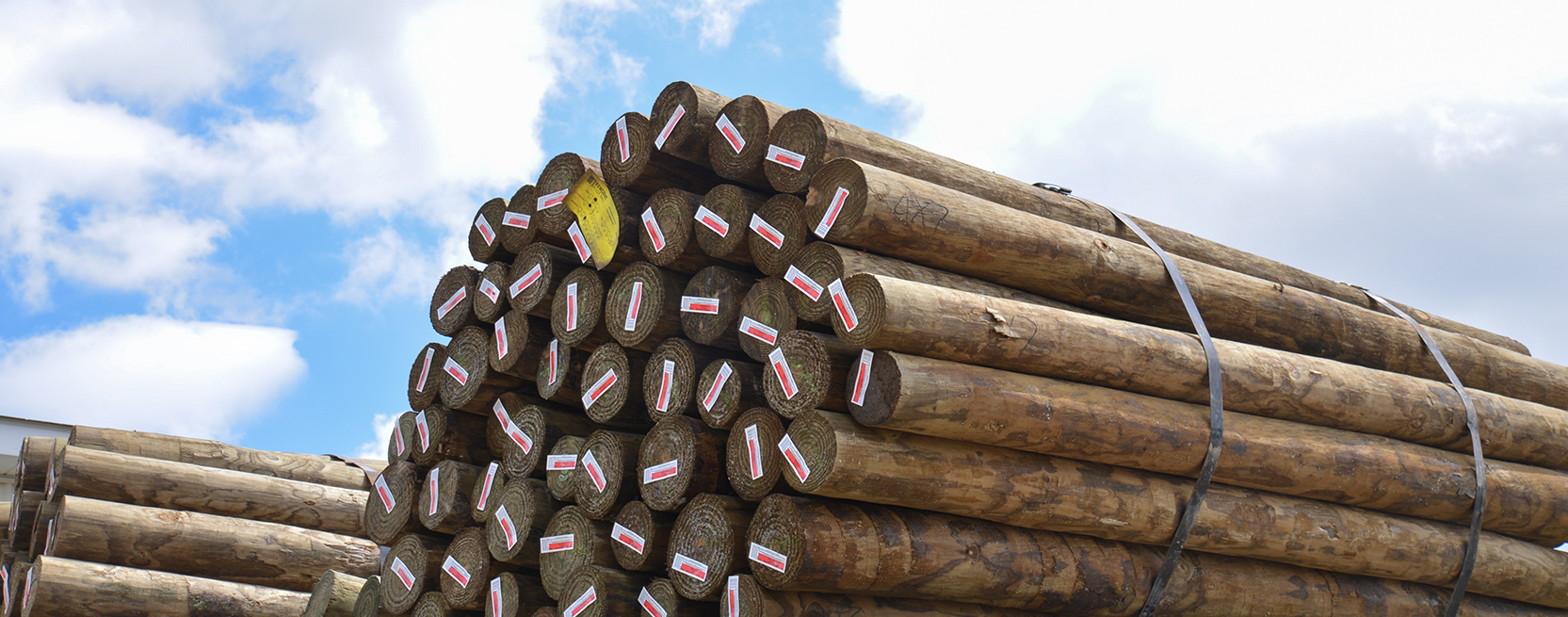
A Post About Posts - Electric Fence Post Tips
Have you ever wondered about the proper spacing for your line posts? Or what length your corner posts should be? Maybe even what type of post you should use? Although the answers will be slightly different for every situation, here are our post spacing recommendations for the various types of posts we sell.
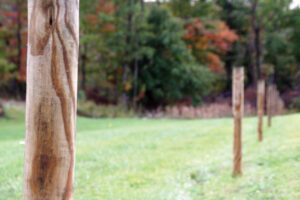
Post spacing will vary based on the type of fence you are installing, the animals you are trying to contain, the type of posts you are using, your terrain, and if you are using droppers. The post spacing for your perimeter fence will be different than the spacing you use with rotational paddocks and splitting a pasture. Each operation, farm, ranch, orchard, and backyard are unique in their own ways. Every horse, cow, sheep, and goat have their own personalities. Because of these variations, there is no easy formula for post spacing. However, we do have some guidelines that can help you determine which post and fence option will work for you.
| No Droppers | With Droppers | |
|---|---|---|
| Horse | 10’-12’ | 100’ with droppers every 25’ |
| Livestock | 10’-20’ | 100’ with droppers every 25’ |
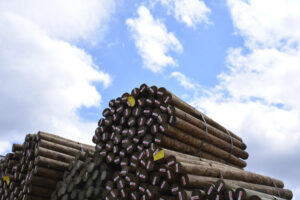
No matter what type of fence you are installing, this is our average recommended spacing for wood posts. Your terrain will dictate the post spacing more specifically. You may have some posts closer together than others. With flat, even land you can get away with further spacing of posts and fewer droppers between posts. If you have rough terrain with large changes in grade and slope, your posts will need to be spaced closer together. There is no perfect formula based on the grade or slope. Each operation will be slightly different.
Horse fence often serves as a physical and psychological barrier. Because you want the horses to see the fence, you should space your posts closer together to create a more visible fence.
It’s important to remember your fence strength comes from the quality and material of your posts. If you are looking for a strong, sturdy, long-lasting fence, we recommend using only wood posts. Spacing out your wood posts and adding droppers, t-posts, or fiberglass rods only weakens your fence. If you are building a permanent perimeter fence, we highly recommend spacing wood posts from 10’-20’ depending on your terrain and the animals you are containing.
| With Wood Posts Every 100’ | Without Wood Posts | |
|---|---|---|
| Horse | 25’ | 10'-12’ |
| Livestock | 25’ | 20’ |
When using t-posts as line posts, you can only use soft wire or poly products. You will still need to have a solid bracing system. We recommend using wood posts for your bracing if you are using t-posts as line posts. If you are using t-posts as droppers with wood posts you can use high-tensile wire, soft wire, or a variety of poly products.
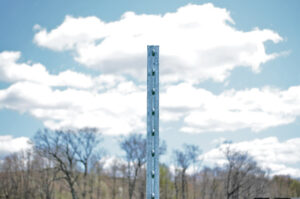
| As Droppers | As Line Posts | |
|---|---|---|
| Horse | 12’-15’ | 12’-15’ |
| Livestock | 50’ in ideal conditions | 20’-30’ |
As with every other type of post, the closer you can space your posts, the stronger your fence will be. If you choose to use high-tensile wire, we highly recommend using wood posts, wood bracing, and adding additional droppers to reduce costs. If you are using coated wire, you will need a strong bracing system and very closely spaced PasturePro

Posts, or a mixture of PasturePro and wood posts. With equine, it’s always important to keep your posts closely spaced to ensure their safety and wellbeing, as well as your peace of mind.
Rotational Pastures, Paddocks, and Runs
Semi-permanent and temporary fencing systems are an animal all their own. With these flexible pastures, time and cost effectiveness is the name of the game. When selecting a post types, it’s important to know what your end goals are.
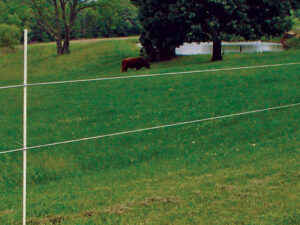
| With T-Posts Every 50’ | Without T-Posts | |
|---|---|---|
| With a Perimeter Fence | Every 25’ | 12’-15’ |
When using step-in posts, your terrain is the biggest factor in your spacing. If you have ideal, flat, manageable soil, you can get away with larger spaces between your t-posts and step-ins. However, most of the United States doesn’t have these ideal conditions. Step-in posts are designed to support poly products, soft wire, ropes, and twines with the structured support of wood posts, t-posts, or PasturePro posts.
| With T-Posts Every 50’ | Without T-Posts | |
|---|---|---|
| With a Perimeter Fence | 15’-20’ | 15’-20’ |
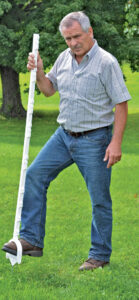
Fiberglass rods make a great addition to solid runs, temporary fencing, and rotational grazing. These durable, flexible, affordable posts are easy to move, install, and attach poly products, soft wire, and twines. Adding these additional posts allows you to space your t-posts further apart, and, in some ideal situations, allows for fiberglass rod spacing of up to 40’.
Each type of post has its advantages and disadvantages. When designing your pastures, keep in mind the type of fence material you want to use, the animals you are containing or excluding, your goals for the pasture, and your budget. Always consider factors that will affect your project such as soil conditions, terrain, and the types of wildlife in your area. The stronger your posts, the better your fence.
And remember, Kencove product specialists are available to help you with planning and troubleshooting your fence. Give us a call at 1-800-KENCOVE for fast, friendly service and expert advice.




